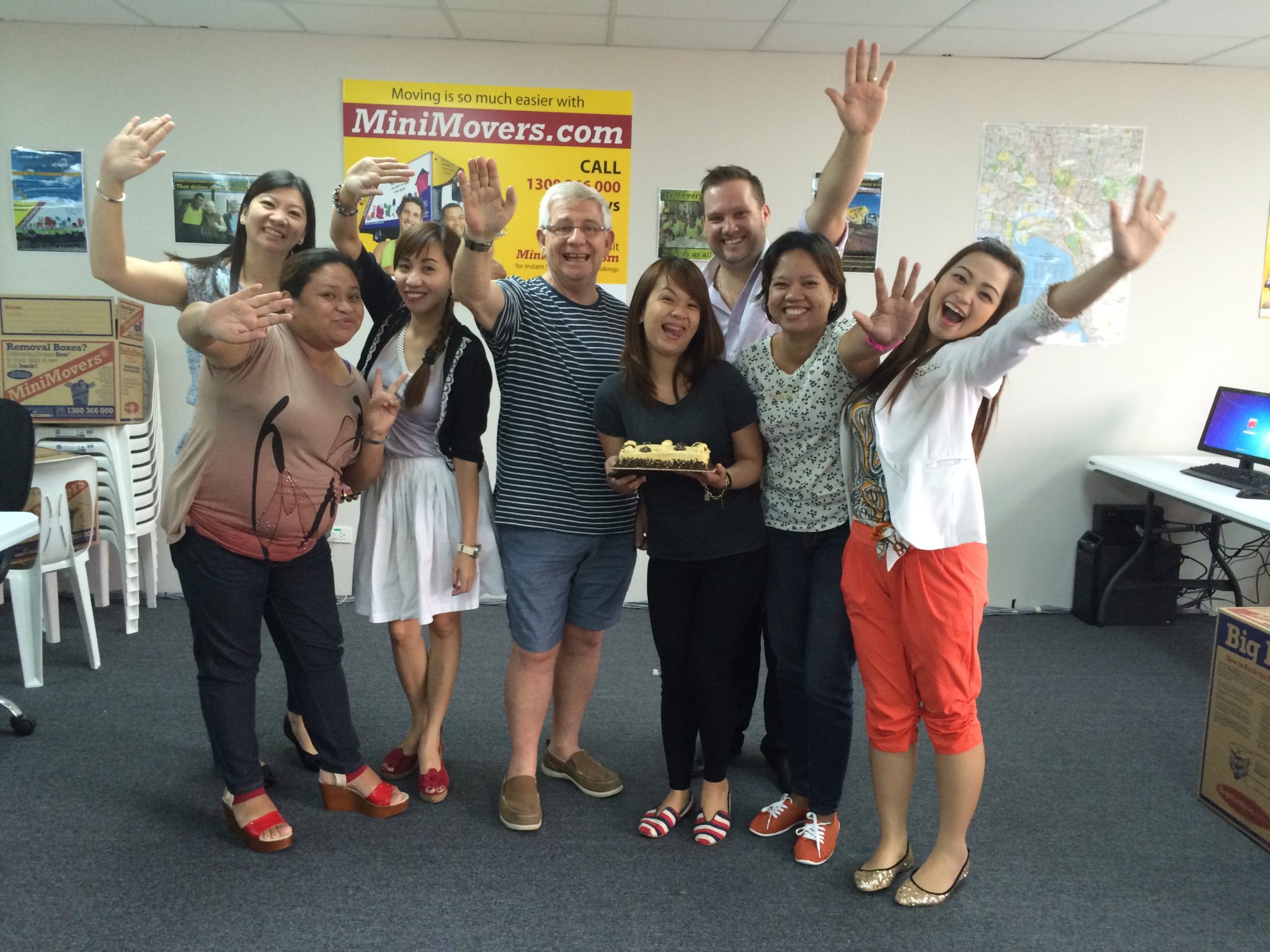As a business owner for 20 years, my business enjoyed constant profitable growth. From a $200 start-up, we bootstrapped the company to $30M with 500 staff .
Then the GFC hit.
The consequential ensuing mayhem caused a 30% reduction in market size across Australia. Within a few months we had serious red ink. Workers were losing their jobs – the mood of the company changed from fun to terrible. Emotions kicks in, fear diverted my attention. What do you do? It took a while to decide – attack the situation, stop running. I had my health; it’s up to me how I perceive something that “might” happen.
For a number of years, my personal assistant was a Filipino whom I employed full-time through oDesk. I was well aware wages in the Philippines were about $120 a week gross. Education was on par, possibly better than Australia,, and they all spoke good English.
I had heard outsourcing (the handing of a business process to the third party) had problems. Many business owners I had asked who had tried it swore never again.
By accident I discovered an alternative – “staff leasing” or co-managing (a form of offshoring). This is a low cost, low risk way to develop YOUR team, in YOUR space with YOUR culture – in another country. It has low initial capital investment and is cash-flow friendly. This model could be started with ONE worker and ramped up and down with ease.
So I decided to apply Staff Leasing in my Business
I decided to move my back office processes, particularly finance, to Manila. Within a few days I hired 3 “all-rounders” or experienced “general office workers”. They quickly picked up our business requirement. Their productivity was outstanding. The 3 Filipinos did the work of 6 Australians. Within months my red ink had disappeared but profit margins were still flat. I then decided to move “sales” to Manila. After training, we exposed them to our customers. I listened to horrible sales pitches, a tear was in my eye when I was told – careful what you are judging on – they are out converting the Australian team. Better training became the primary focus. With it, we moved a couple of Aussie managers to Manila.
Marketing became my next target. At the time the GFC hit there was a large change in consumer service purchasing habits. The old and trusted Yellow Pages stopped working as consumers turned to Mr Google. I noticed there was a rise of “LeadGen”. Access to low wages meant we could easily develop efficient manual processes. We found clever ways of finding our customers before their buying decision was made. Today we run a team of “data miners” with serious data bases. We produce 1500 leads a day which are all contacted in various ways, depending on the type of lead. A $1.2M annual Yellow Pages book spend has been replaced with a $14K a year data mining spend – it’s a better investment.
As the size of my team grew tacit knowledge accrued, they started driving their own business processes. With all my Manila operations, my business within 6 months completely turned around my bottom line. The bank is off my back and the jobs of 200 Australians were saved. Today we are growing again and employing more Australians.
Then I decided to Share my Experience
Two years ago, friends wanted me to show them what works and doesn’t work when offshoring. They raved about the experience. Out of this grew a Business Learning Tour called MikesBusinessTours. Now every 2-3 weeks I personally show first hand why early outsourcing turned sour for so many businesses and how offshoring can create opportunities. What works and doesn’t work. We educate “how to adjust for the culture different and maximise productivity from $120 a week workers”.
